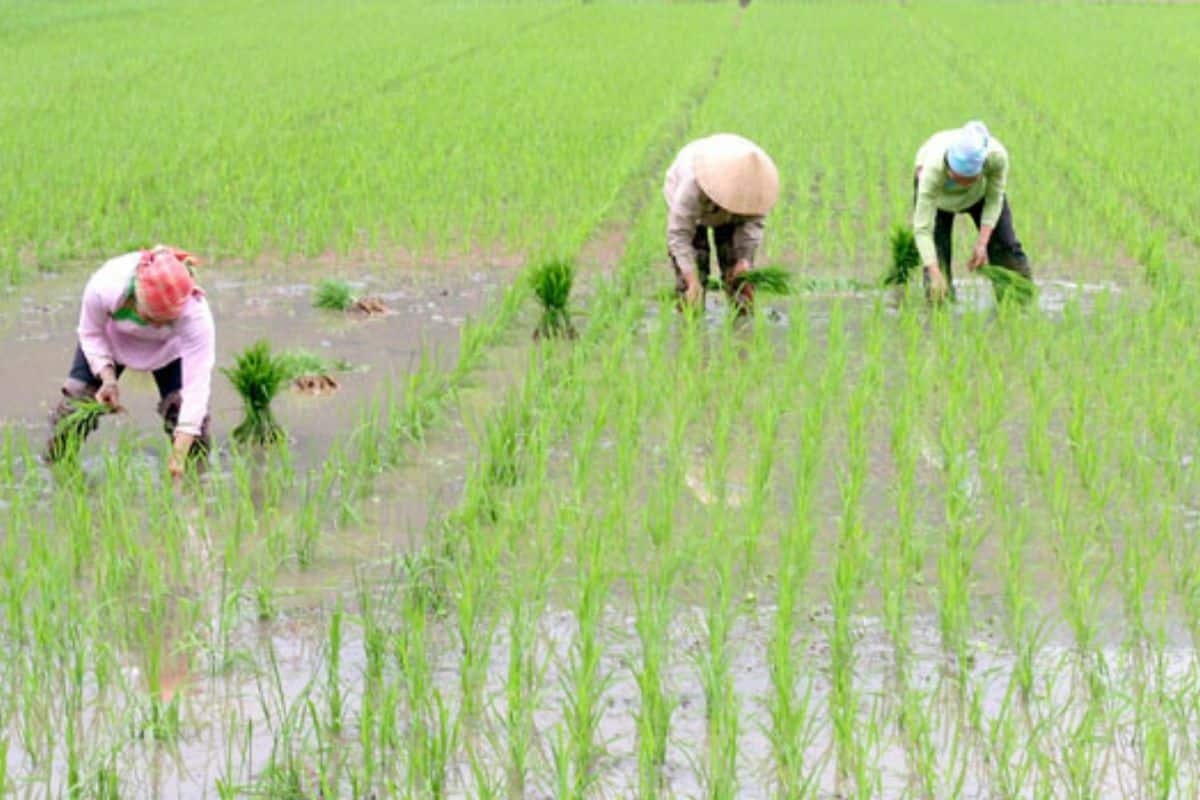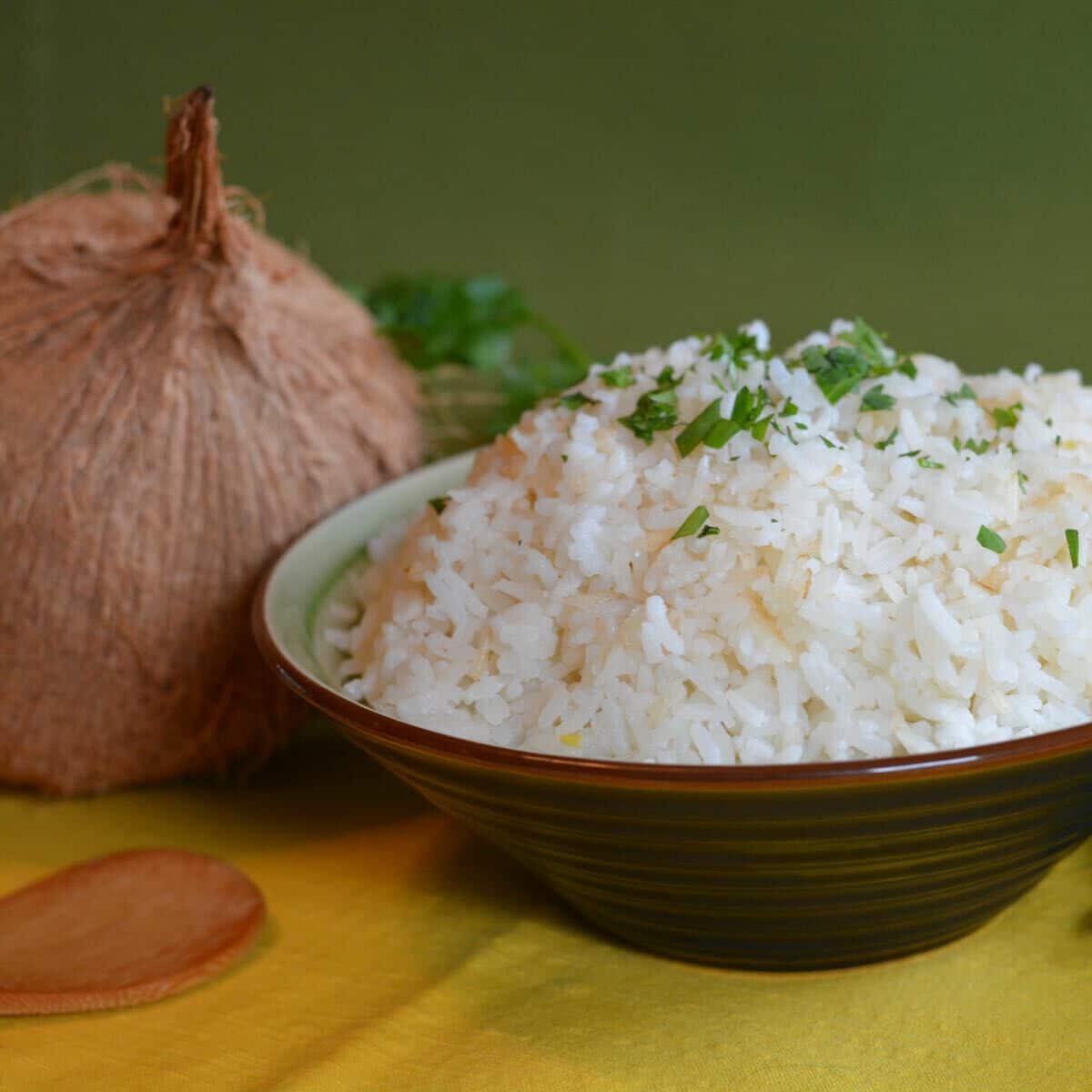Thai rice exports drop 30% as Vietnam overtakes in global market

Thai rice exports have seen a significant 30% decline in the first quarter, raising concerns as Vietnam overtakes Thailand to become the world’s second-largest rice exporter.
Chookiat Ophaswongse, honorary president of the Thai Rice Exporters Association, reported that during the first quarter this year, Thailand exported 2.1 million tonnes of milled rice, a drop from the same period last year.
The decrease is attributed to a 53% decline in white rice exports, following India’s return to the export market and reduced imports from major buyers like the Philippines, which imported 4 million tonnes last year but is projected to import only 1 million tonnes this year.
Thailand also faces competition from India and Vietnam, offering lower prices, with Indian rice priced US$40 per tonne cheaper than Thai rice. This has attracted other countries, including South Africa, Malaysia, and the Philippines, to shift their purchases to India despite Thai rice prices dropping from last year’s average of US$600 per tonne to just over US$400.
Even though the lower Thai rice prices are appealing to importing countries, India and Vietnam are still exporting more than Thailand. While Thailand exported 2.1 million tonnes, India has already shipped 2.4 million tonnes and is expected to exceed 20 million tonnes this year.
Vietnam has exported 2.3 million tonnes and could overtake Thailand as the world’s second-largest rice exporter, with Thailand potentially dropping to third place.

Chookiat also shared insights on Thailand’s rice export outlook for the second quarter, expecting figures similar to the first quarter. The association maintains an annual export target of 7.5 million tonnes, to be reviewed mid-year. Key factors affecting rice exports include US import tax policy changes, varied conditions in different countries, and the Chinese market.
With Thai white rice prices averaging US$400 per tonne compared to China’s US$500, China may increase imports, compensating for the reduced volume. However, Thailand must still compete on price with Vietnam, India, and Pakistan.
In the US market, there is a growing interest in importing Thai jasmine rice for stockpiling, especially after a 36% import tax from Thailand was postponed for 90 days. Currently, a 10% tax is levied, incentivising increased purchases. Post-Songkran, there will be more clarity on the US’s additional orders, as shipments must reach the US within a month. In 2024, the US imported 1.3 million tonnes of jasmine rice globally, with 630,000 tonnes from Thailand.
In the first quarter, over 200,000 tonnes were exported at an average price of US$1,000 per tonne. Including other rice types, the US imports 830,000 tonnes from Thailand. Concerns arise if the US increases import tax to 20-25% or 36%, potentially pushing jasmine rice prices to US$1,200-1,300 per tonne, complicating competition.

Lieutenant Jaroen Laothamatas, president of the Thai Rice Exporters Association, noted that exporters are worried not only about US import taxes but also shipping costs to the US.
With Trump’s planned tax on goods transported by Chinese-built ships taking effect in October, global impacts are expected since China is a major shipbuilding hub, accounting for 80% of the market. Should this be enforced, transport costs may rise by US$6 per tonne, reported KhaoSod.
Currently, Thai jasmine rice sells for US$1,000 per tonne with a 10% tax. Including shipping, it would cost US$1,006 per tonne, and higher import taxes would further elevate prices, making competition challenging.
Trump’s economic policies could significantly alter global trade and exports, necessitating preparation from both the government and private sectors.
Latest Thailand News
Follow The Thaiger on Google News:


























